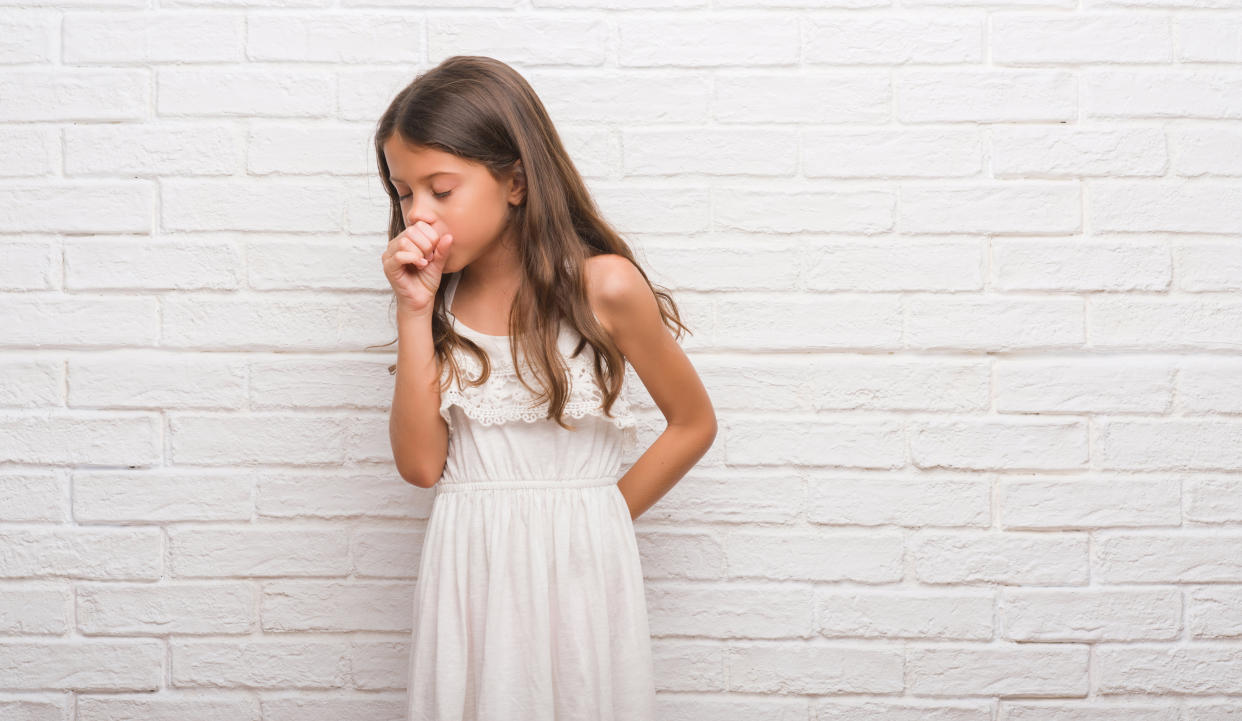Dust, aerosols and cleaning products could worsen everything from asthma to hyperactivity in children

“Indoor air pollution” may worsen child health, research suggests.
Scientists from the Royal College of Paediatrics and Child Health analysed more than 200 studies on how exposure to everyday substances could exacerbate concerns in youngsters.
They found a link between indoor air pollution and a range of issues, including asthma, conjunctivitis and hyperactivity.
Indoor air pollution was defined as everything from smoking, damp and dust to cleaning products, aerosol sprays and the chemicals released from furniture.
READ MORE: Air pollution on the London underground is 15 times higher than the capital’s streets
“We’re finally paying attention to the quality of our outdoor air and this is long overdue,” study author Professor Jonathan Grigg said.
“Children in the UK spend most of their time indoors, with just 68 minutes spent outside on an average day.
“Too many of our homes and schools are damp and poorly ventilated - this is adversely affecting the health of children.”
The dangers of pollution are well known, with the The Lancet Commission on Pollution and Health calling it the “greatest environmental health risk to the world population”.
While indoor exposures may be overlooked, children are increasingly “leading less physically active, more home-based lives”.
Writing in the report “The Inside Story: Health effects of indoor air quality on children and young people”, the authors warn chemicals released from indoor sources are “up to seven times higher than outside”.
Children may be particularly vulnerable due to their developing lungs and brain.
Among babies, indoor air pollution has been linked to wheezing, eczema and respiratory infections.
By the time they reach nursery age, youngsters may endure asthma, hyperactivity and even pneumonia.
Once at school, indoor air pollution is associated with skin irritation, insomnia and “reduced cognitive performance”.
What are the sources of indoor air pollution?
Cigarette smoke, carbon monoxide and asbestos have long been known to be dangerous, however, “emerging” indoor pollutants are less understood.
The authors point to furniture and flooring increasingly being made with “veneer glue”.
Cotton carpets have been replaced with synthetic fibres, which are then treated with stain repellent and flame retardants.
The latter has been linked to the most common type of thyroid cancer, the authors warn.
READ MORE: Air pollution kills more than 20,500 people every year in the UK
Cleaning products have gone from “fatty soaps and acids” to “non-ionic surfactants and terpenoid-based solvents”.
The authors warn “frequent use” of cleaning products has been linked to “lung function decline and the development of asthma”.
As well as “floating” unseen in the air, chemicals can also settle in dust, becoming suspended when it is disturbed.
Household dust has been found to contain controversial chemicals from shampoo, paint and fragrances.
The authors worry the above, combined with inadequate ventilation in new-build airtight homes, may dampen air quality.
How to combat indoor air pollution
To keep the air in your home healthy, the authors recommend cleaning regularly to combat dust.
Using just one all-purpose cleaner, and wiping surfaces with water after use, may help reduce chemical exposure.
Ventilation is also “important” after cooking, cleaning and “activities that create moisture”, like showering or drying clothes.
Opening a window could also help after cleaning or lighting candles.
When cooking, use the extractor fan and close other doors to prevent pollutants spreading around the house.
While it may sound obvious, try and avoid burning food, and do not allow anyone to smoke indoors.
READ MORE: Pollution linked to higher rates of depression and suicide
If allergies strike, consider replacing carpets with hard wooden floors and washing bedding at 60°C (104°F) every two weeks.
The report’s authors want to see legally binding ventilation rates and maximum pollutant concentrations.
They also hope a fund will be introduced to support low-income residents.
“More than three million families live in poor quality housing in the UK,” study author Professor Stephen Holgate - from the Royal College of Physicians - said.
“Most will not have enough money to make improvements and have no option but to make do with damp, under-ventilated environments.
“If we ask our children to spend their childhood days in unhealthy spaces, then we’re storing up problems for future health.”

 Yahoo Lifestyle
Yahoo Lifestyle 
